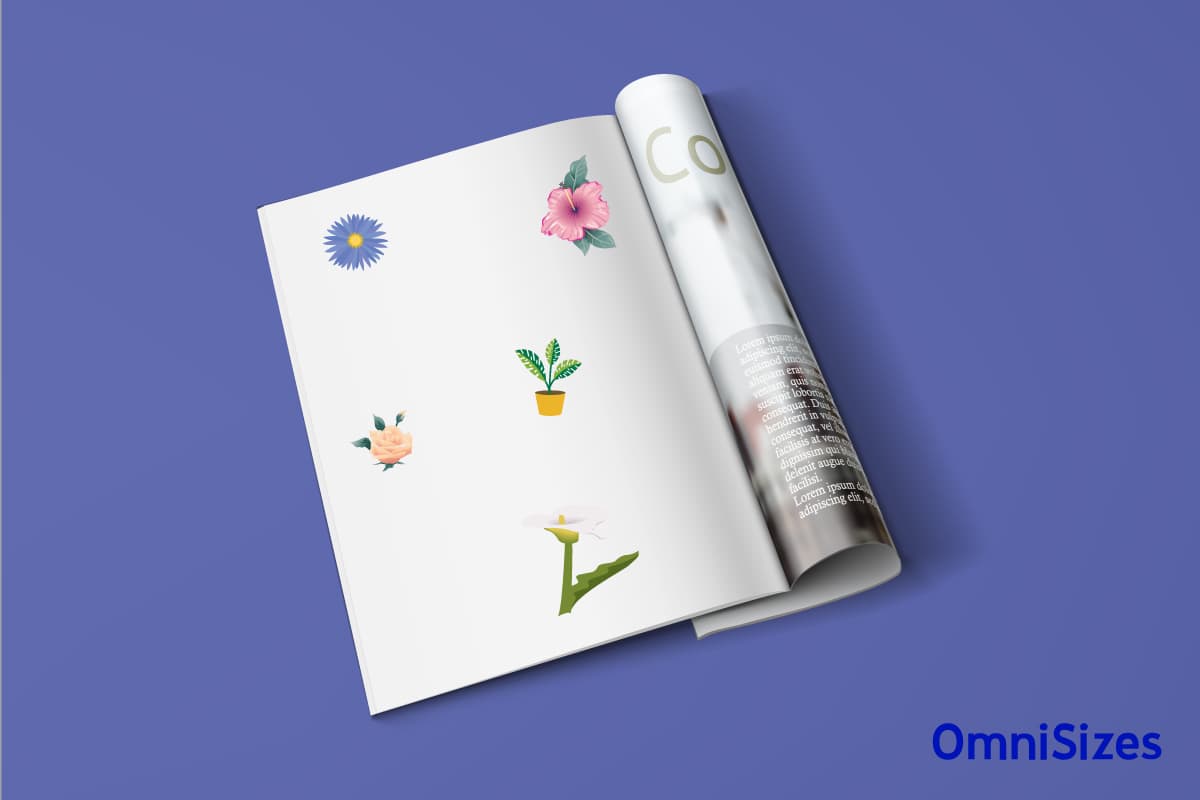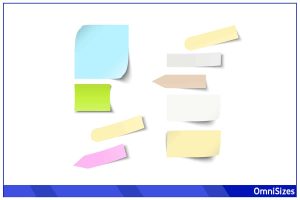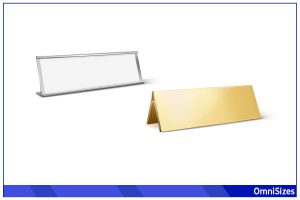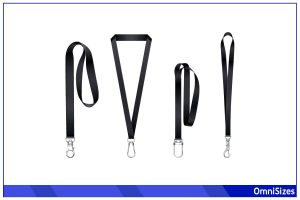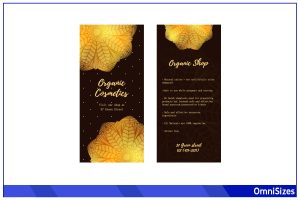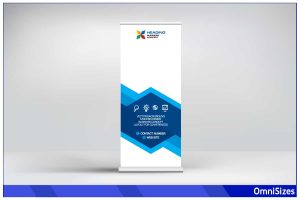Magazine size has always been a defining characteristic in the world of publishing. From glossy fashion spreads to informative journals, the dimensions of a magazine can greatly influence its appeal, content layout, and even its portability.
The standard magazine size is typically 8.5 × 11 inches (21.5 × 28 cm), akin to a letter-sized paper. Magazines also appear in formats such as Digest- 5.5 × 8.5 inches (14 × 21.5 cm), Tabloid- 11 x 17 inches (28 x 43 cm), Pocket- 3.5 x 5 inches (8.9 x 12.7cm), A4- 8.27 x 11.7 inches (21 x 29.7 cm), Square- 8 x 8 inches (20.3 x 20.3 cm). The selected size has implications for the magazine’s design, readability, printing expenses, and distribution approach.
This guide will cover the various magazine sizes, compare digital and physical magazine dimensions, and explain how to choose the correct size for your magazine.
Standard Magazine Sizes
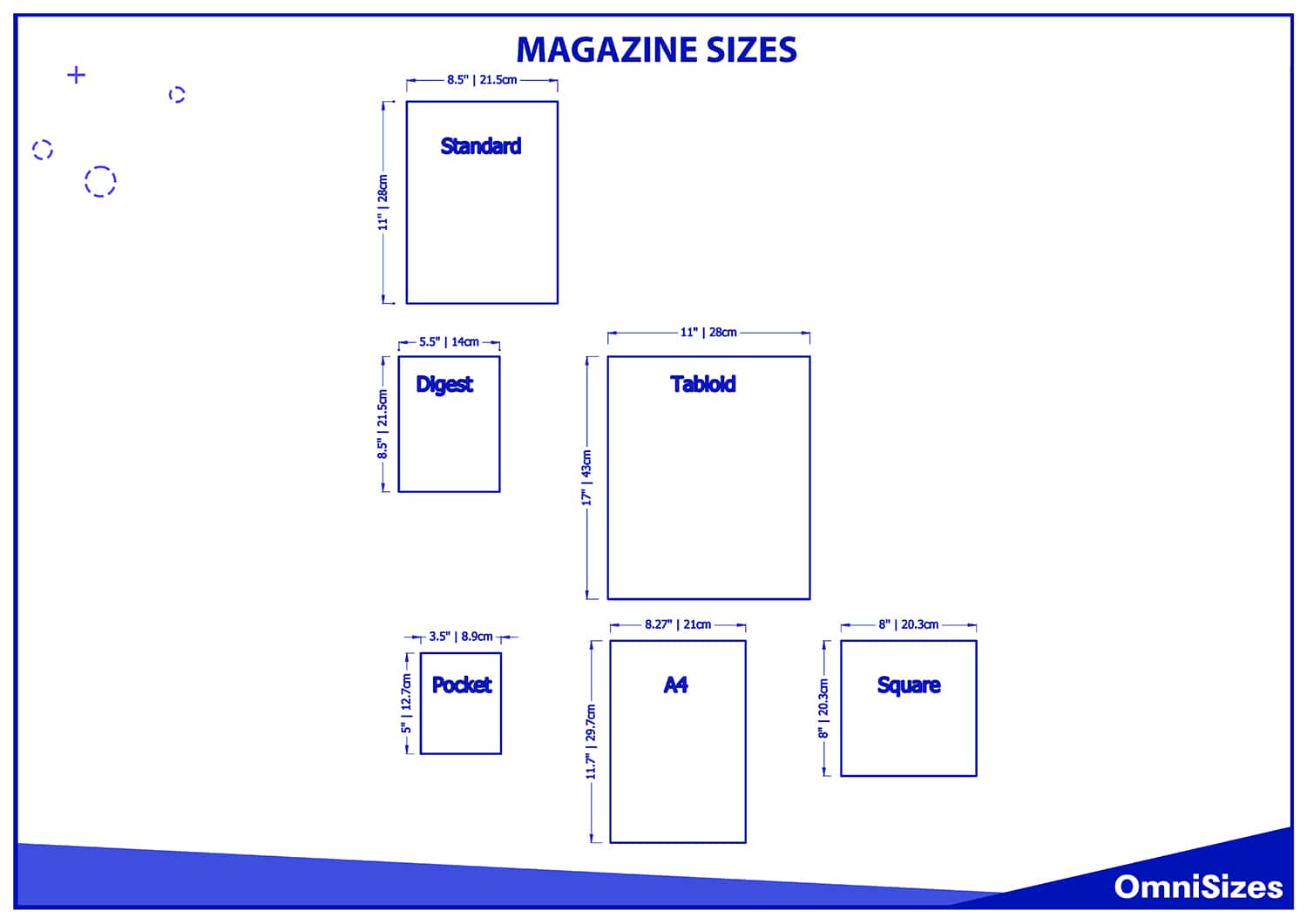
Magazine sizes have varied through the ages, catering to diverse reader preferences and content presentations.
1. Digest Size
Measuring at about 5.5 × 8.5 inches (14 × 21.5 cm), the digest size is smaller than your typical magazine. This compactness makes it handy and portable. Digests are popular for fictional stories, with Reader’s Digest being a notable example. The size is cost-effective for printing and offers a distinct aesthetic, differentiating it from larger publications.
2. Standard Magazine (Letter) Size
This is the most common magazine size, approximately 8.5 × 11 inches (21.5 × 28 cm). You’ll find many general interest magazines, like Time or National Geographic, using this format. It offers ample space for high-quality images and detailed articles, providing a balanced reading experience. The familiarity of this size to readers has made it a go-to choice for many publishers.
3. Tabloid Size
Tabloids measure around 11 × 17 inches (28 × 43 cm). Known for bold headlines and sensational news, tabloids use this larger canvas for impactful visuals and big text. Newspapers with large photographs often prefer this size. The spread is expansive, allowing for dynamic layouts, but it might be a bit cumbersome for everyday commute reading.
Specialized Magazine Sizes
There’s a spectrum of specialized magazine sizes that cater to unique content and audience needs. These sizes offer a fresh reading experience and attention with their distinctive feel.
1. Pocket Size
As the name suggests, pocket-sized magazines measure around 3.5 × 5 inches (8.9 × 12.7 cm). Their compact nature makes them perfect for on-the-go reading. Whether you’re in line at the grocery store or waiting for a friend, these fit conveniently into pockets or small bags. Publications like TV guides or quick-read compilations often adopt this size, favoring portability over extensive content.
2. A4 Size
This is a common size, especially outside of North America, measuring approximately 8.27 × 11.7 inches (21 × 29.7 cm). It’s a tad longer than the standard magazine size, providing extra space for content without feeling oversized. Many professional journals, corporate magazines, and international publications gravitate towards the A4 due to its global recognition and elegant proportions.
3. Square Magazine Size
Square magazines are a trendy choice, generally coming in at 8 × 8 inches (20.3 × 20.3 cm) or sometimes larger. Their symmetrical design gives them a modern and artistic edge, making them a favorite for niche topics, photography journals, and luxury brands. The equal width and height provide a balanced visual experience, setting them apart from traditional rectangular formats.
Digital vs. Physical Sizes
The lines between traditional print magazines and their digital counterparts are continually blurring. While physical sizes pertain to tangible dimensions, digital formats have different considerations.
E-Magazine Formats
Digital magazines, or e-magazines, offer a flexible reading experience on devices like tablets, smartphones, and computers. These formats don’t have set inches or centimeter measurements, but instead adapt to screen resolutions. Common resolutions include:
- 1080 x 1920: Often used for smartphones, providing a clear, crisp display.
- 2048 x 2732: Preferred for tablets like the iPad, offering more extensive viewing areas.
E-magazines can adjust their layouts dynamically, which means the design responds and rearranges based on the device used. This adaptive design allows for interactive elements, like videos or clickable links, enhancing the reader’s engagement.
Print Magazine Dimensions
Physical magazines come with set dimensions, as previously discussed. These sizes dictate the space available for content, design layout, and even the weight of the magazine. A few points to note:
- Material: The thickness and quality of the paper can influence the magazine’s feel and weight.
- Binding: Choices like stapled, perfect bound, or spiral binding can affect the magazine’s durability and appearance.
- Print Quality: High-resolution images and clear text are vital for an enjoyable reading experience.
The tactile sensation of flipping through pages, the smell of fresh print, and the physical collection aspect are aspects exclusive to physical magazines. Many readers value these sensory experiences, keeping them loyal to print even in a digital era.
Considerations for Choosing a Magazine Size
Selecting the right magazine size can influence reader engagement, distribution methods, and even the publication’s overall success.
1. Audience Preferences
- Demographics: Younger readers might prefer pocket-sized or digital formats for on-the-go reading, while older audiences could lean towards larger, more traditional sizes for ease of reading.
- Reading Environment: For readers in transit, smaller sizes or digital formats are more convenient. In contrast, those reading at home might appreciate larger sizes that offer a richer visual experience.
2. Cost Implications
- Printing Costs: Generally, larger magazines with high-quality paper are more expensive to print. Special sizes might also incur added costs due to non-standard dimensions.
- Distribution: Smaller magazines can be cheaper to distribute due to their weight and size, while larger formats might command higher postage or shipping fees.
3. Visual and Design Factors
- Content Type: Magazines heavy on visuals, like fashion or photography publications, might opt for larger sizes to showcase images effectively. In contrast, text-heavy magazines could benefit from standard sizes to optimize readability.
- Layout Flexibility: Some sizes offer more layout creativity. Square magazines, for instance, provide a balanced space for both images and text.
4. Environmental Considerations
- Paper Consumption: Larger magazines use more paper, which might not align with eco-conscious goals. Digital formats, on the other hand, have minimal environmental impact.
- Recyclability: You also need to consider the type of ink and paper quality. Some materials are easier to recycle than others, making them a greener choice.
